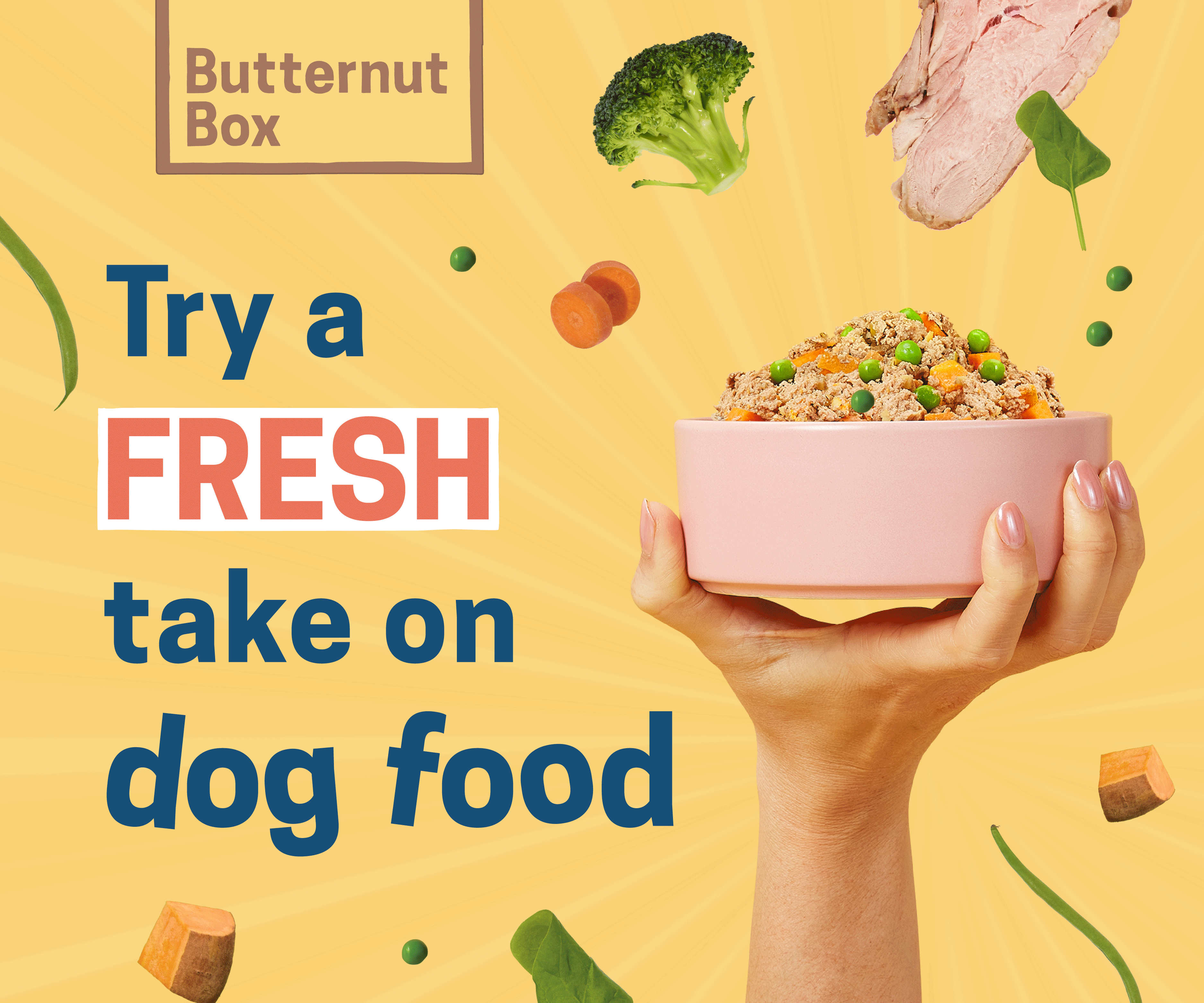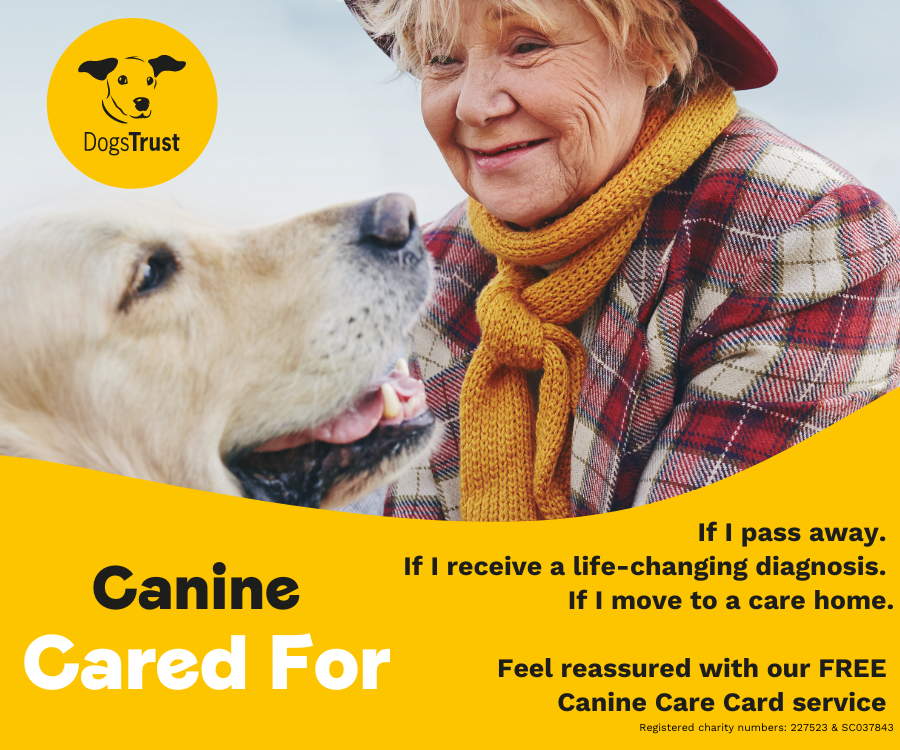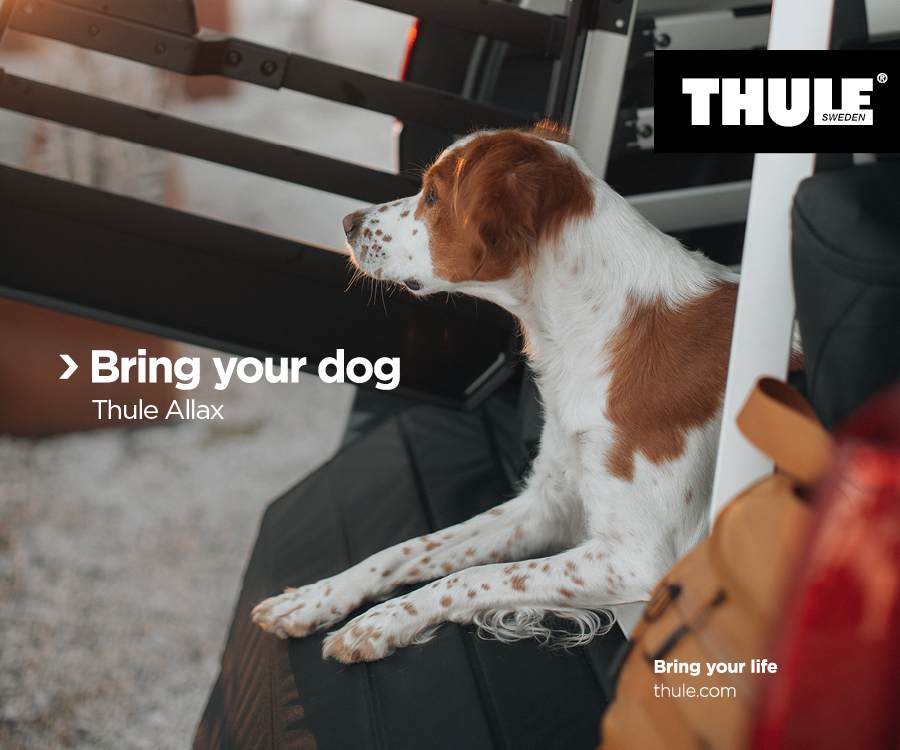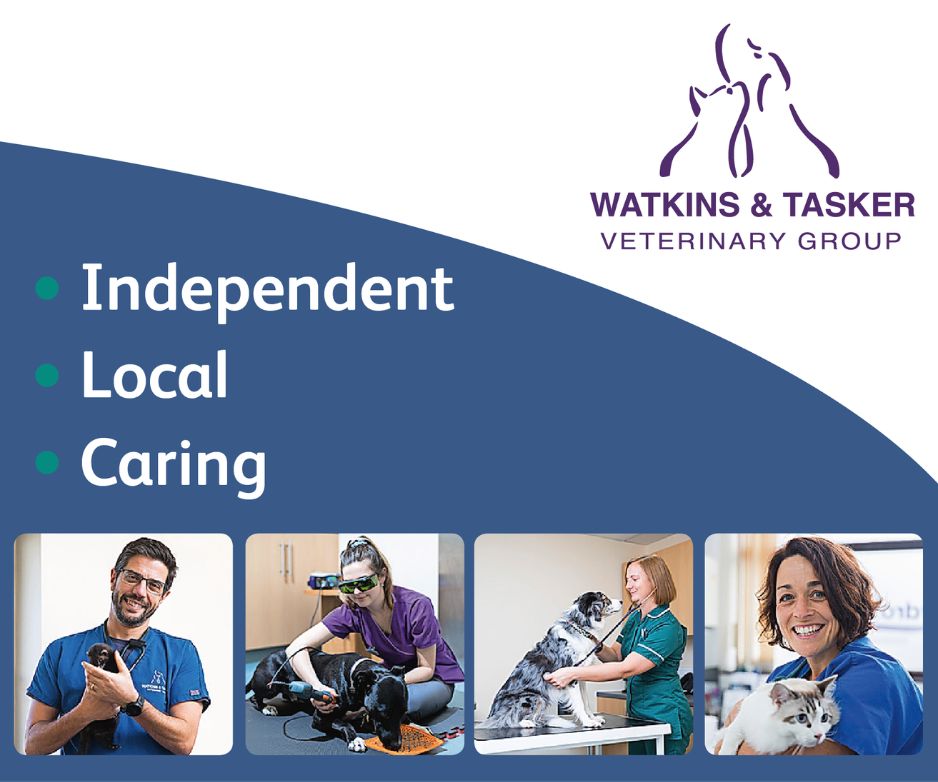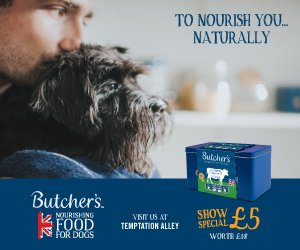Top Tips on Pet Photography with a Phone!
Do you follow any of the #DogsOfInstagram and wonder how they're able to take such beautiful photos with just their phone? Now is your chance to learn! We've teamed up with the fantastic photographer Tom Harper to give you the low-down on all things pet photography, so you can learn all the inside secrets to taking the pawfect picture with your phone!
-
Can you take good pet pictures with your phone?
The short answer is yes! It's been a while now since the big name phone brands started competing to have the best cameras in their flagship smartphones and it's meant that smaller manufacturers have also followed suit and improved on the technology. Most of you probably own a Samsung or iPhone device, but you don't need the latest and greatest to be able to take some fantastic photos of your pets. By choosing the right angles and looking for the right light, you can improve your pet photographs with a few simple tips.
-
Is there a certain light I should be shooting in?
As a general rule, the best time of day to shoot is during the sunset. This time is often referred to as “golden hour” when the low angle of the sun helps to create a more pleasing look and the difference between shadows and highlights is more balanced. The harsh overhead light in the middle of a bright sunny day will produce the least appealing results but there really is no definitive right or wrong time to take a photograph (you gotta do what you gotta do, right?).
If you're taking photos of your dog in the middle of a bright sunny day, try positioning them in the shade of a tree or a building to avoid any harsh shadows on their face from direct sunlight (also known as “hard light”). You should also try to find a spot where the background is under similar lighting conditions or you may find that it blows out (goes too bright or completely white) when taking your photos. Believe it or not, the best kind of light can be found when the sky is overcast. The clouds act like a giant bed sheet, diffusing the sun and spreading it more evenly (this is known as “soft light”).
-
Should I use flash?
Some professional photographers may choose to bring a flash with them during their shoots which can be used to “fill in” the harsh shadows we talked about above. These flashes can be incredibly expensive and have a lot more power than the LED light used as a flash on most smartphones. For that reason, the flash on your phone will likely have little to no effect when photographing during the daytime.
If photographing your pets at night (or indoors under dim lighting) it's always worth remembering a couple of points. Your flash will work much less effectively if you are far away from your subject. The closer you are, the better job it will do at illuminating whatever you are shooting. You know those people you see at the back of a concert who are taking photographs with their flash on? I can promise you that their flash is lighting nothing but the people in front of them, turn it off!
The second point to note is that on-camera flash (OCF) produces a generally unfavourable look to your photos. It's the kind of light that produces that nasty “red eye” effect because the light is almost directly in line with the lens, meaning that it bounces straight back from whatever is hits. Removing the light from the same axis as the lens helps to create more depth and results in a more pleasing image. Try turning your flash off and instead light your subject at a roughly 45-degree angle using a lamp, a torch, or another smartphone LED light. This should give you much better results.
-
How do you pick props and locations? Where do you think the best location is?
As a rule I tend to avoid using props during my shoots, instead focussing more on the behaviour and personality of each individual dog. I also like to remove harnesses where possible as they can be a distracting focal point in the overall images. If your dog is fine being off lead then I'd recommend taking photographs with them wearing only a collar. If you're in a less secure area, or your dog needs to stay on a lead, try doing the following.
Have the dog's handler hold the lead out; away from the dog's face and body. Generally, I try to take photos with the lead going straight up from behind the head which makes removal in photoshop a lot easier. I realise this might not be as easy using a mobile device so just try to make the lead as small a distraction as possible.
The location of course, is totally up to you. Does your dog prefer the woods, the mountains, the beach, or maybe just a local park? Try looking for interesting features or colours to use as backgrounds. My main tip here would be to make sure that nothing is sticking directly up from behind the top of your dogs head. You don't want to see a distracting lampost or tree growing out of them. The beach can offer little in the way of distraction, which helps to create crisp clean images with the focus solely on your dogs.
-
How do I get my dog to stay still during the shoot? Do you recommend using rewards like treats?
Some dogs are obviously better behaved and trained than others but where there is a will (and tasty treats) there is a way!
You know what treats your dogs like the most; my Poppy LOVES cocktail sausages and will do anything for them! When asking your dog to sit and stay for photos, you should of course, always reward their good behaviour. Getting eye contact is key for portraits so try making silly noises. You might be embarrassed at first but I guarantee you won't look back when your dog starts giving you cute head tilts and curious glances. I also take a few special little tools with me, such as my Acme Duck Call Whistle! Most dogs will also respond well to certain words such as “Walkies”, so it's worth remembering the best ones to use for that eye contact in your photos.
If your dog refuses to sit still, then you have two choices. Ask someone else to hold them on lead while you move around and wait for that perfect moment. The same noises, words and treat rules apply. The second thing to do it to just let them be themselves!
My biggest tip here is to get down low. You'll see me lying on the ground 90% of the time as this offers a fantastic angle for capturing photographs of dogs, whether they're sitting or running around. Keep pressing your shutter button to make sure you don't miss a fleeting glance. People often only take the shot when they “think” it might look right. Set your scene, find your angle and keep shooting!
-
Do I need a way to edit my photos? What do you use?
For professional images taken using my DSLR, I use Adobe Lightroom and Photoshop. Thankfully, both of these programs are also available on mobile devices! Try downloading “Lightroom Mobile” and “Photoshop Express” which offer some of the basic features for FREE! Another of my favourite mobile image editing apps is “Snapseed” by Google. Lower your highlights, boost your shadows, add some contrast and BOOM! If any of that sounds like too much, Snapseed also offeres the usual built in filters to make your life a little easier.
Whatever or whoever you're taking photos of, theres always room for improvement. The main thing to remember is to have fun! At the end of the day, you're enjoying spending time with your dog (or other pets!) and taking photos of them should be a fun experience for all involved. Don't stress out or you'll pass that stress onto your pet. Stay calm and if something just isn't working, move on to the next one.
Have fun shooting!
Tom Harper
You can see more of my work by visiting http://www.tomharperphotography.co.uk
Facebook - @tomharperphotography
Instagram - @tomharperphotography



.png)

